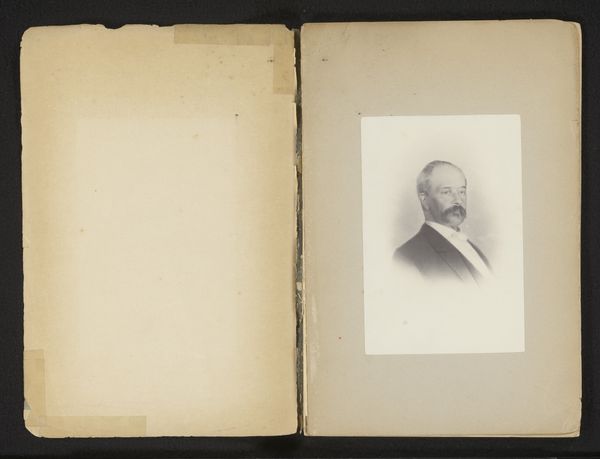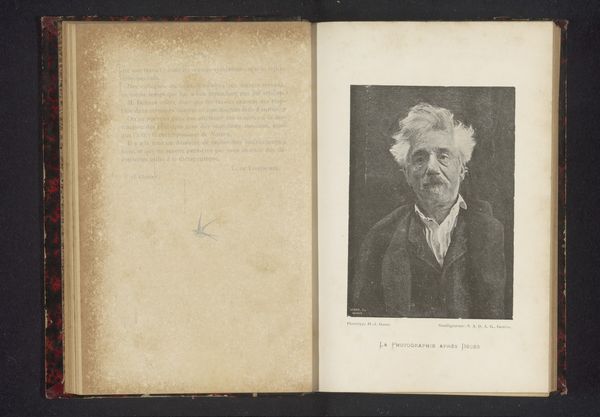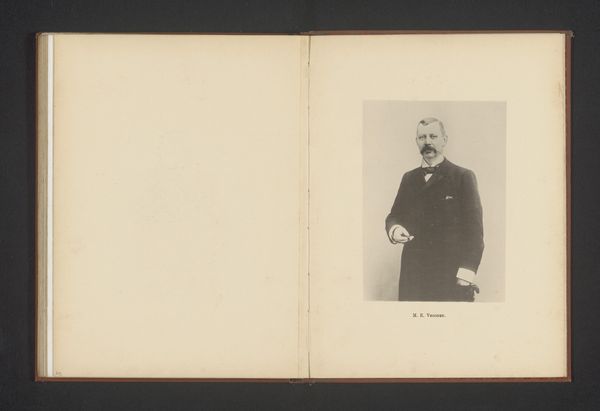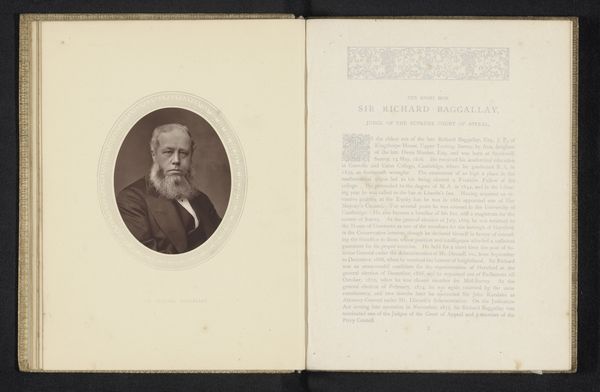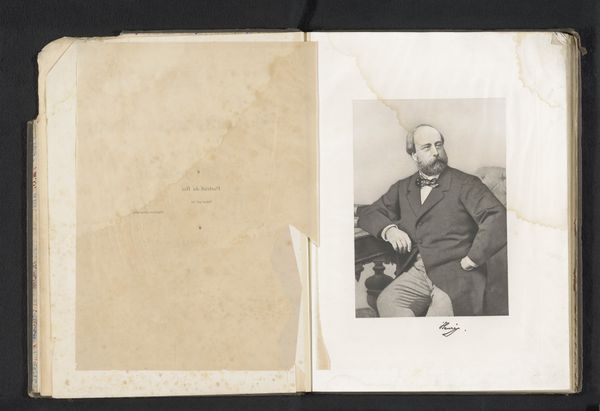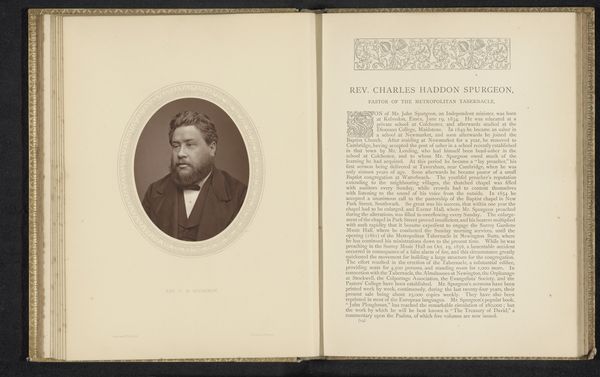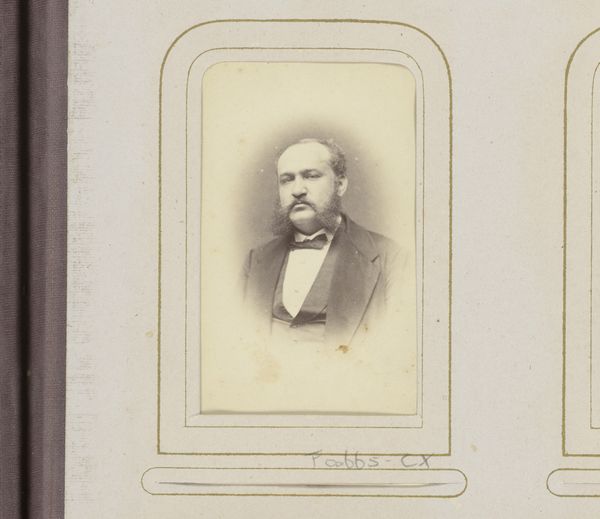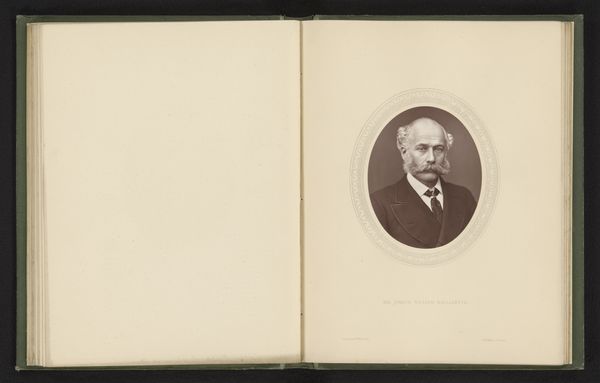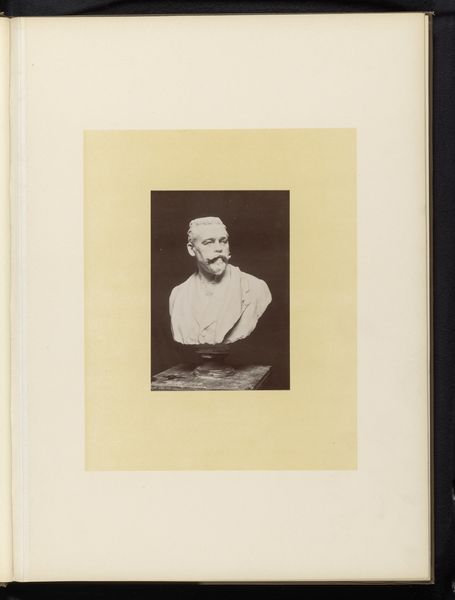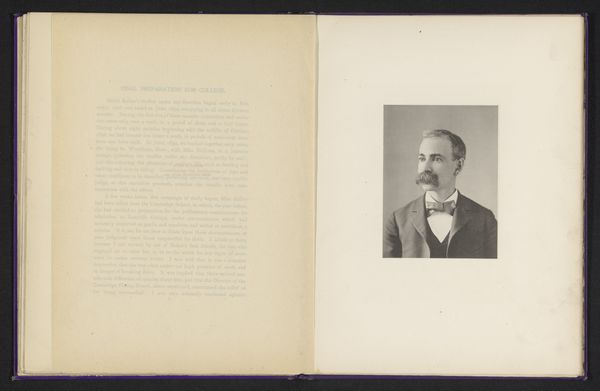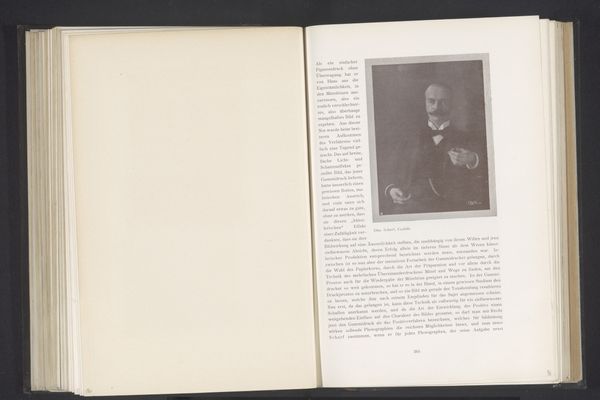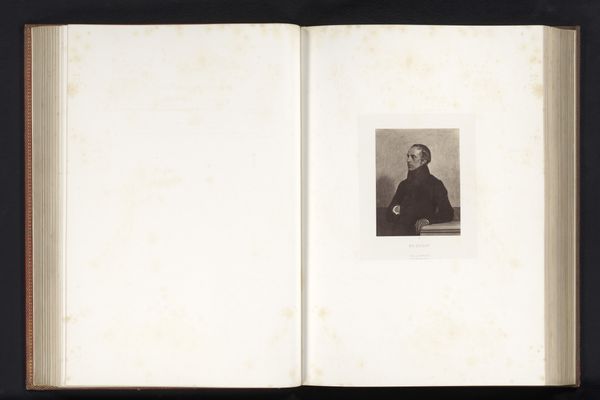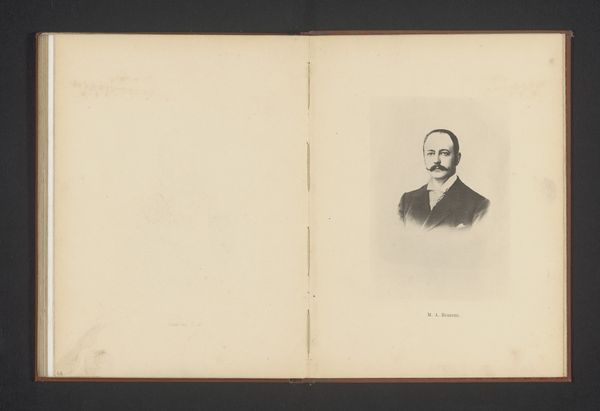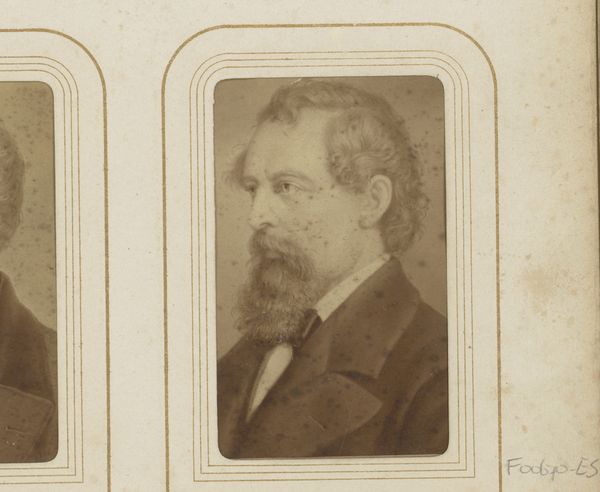
print, photography
#
portrait
#
art-nouveau
# print
#
photography
Dimensions: height 165 mm, width 159 mm
Copyright: Rijks Museum: Open Domain
Editor: So, this is Nicola Perscheid's "Portret van Max Klinger," made around 1902-1903, a photographic print in an art nouveau style. It’s striking, quite austere and somber in its tone. How do you interpret this portrait, particularly within its historical context? Curator: That austerity is key, isn't it? Think about the socio-political climate of the early 20th century, a period marked by rapid industrialization and shifting social hierarchies. Photography at the time was fighting for artistic recognition, grappling with its role in both documenting and shaping reality. How does this portrait challenge or reinforce those ideas, do you think? Editor: I see that tension. The formal pose and dark tones give it a certain seriousness, almost resisting the fleeting nature often associated with photography. Curator: Exactly. And consider Klinger himself, a symbolist artist known for his engagement with social issues through unsettling imagery. Perscheid’s choice to portray him with such directness, without idealizing, could be a deliberate statement. Could it be arguing for an authentic, unvarnished portrayal of intellectual figures in a society undergoing profound changes? Editor: That makes me reconsider my initial impression. I see a deliberate intention behind the sternness, a commitment to portraying the subject’s character with honesty rather than romanticism. It challenges the conventions of portraiture by presenting a critical view. Curator: It becomes a powerful commentary, doesn’t it? It uses the visual language of portraiture not to celebrate status, but to engage with the complex identity of a man and his time. Editor: That’s fascinating. I appreciate seeing how much social commentary can be found within a portrait like this. It shifts the perception from an image of a person into a reflection of a changing era. Curator: Absolutely, this approach is important. Understanding those layered contexts is what brings the art to life, not just as an object of beauty, but as an active participant in a broader dialogue about identity and society.
Comments
No comments
Be the first to comment and join the conversation on the ultimate creative platform.
